Photographing Shark Feeding and Predation
By Alan C. Egan
Can you imagine scuba diving with very large sharks feeding in very close proximity? It is the biggest rush ever and so addictive.
Divers cannot get enough of photographing sharks feed up close and personal. With the right tips and techniques, you can produce jaw-some images of sharks feeding. Shots like this were once only seen on television and the silver screen. But today, with a little research, you can find one of these dives and become the adventuresome cameraman yourself.
Shark feeding occurs both naturally and artificially, with the latter providing more reliable interactions and up-close photo opportunities
Where to Photograph Shark Feeding
Photographing shark predation is most often captured on controlled shark feedings. These take place all over the world, and are often location-based upon the specific species. For example, the most famous dive site for seeing large tiger sharks is “Tiger Beach” at West End, Bahamas. Here, you can enjoy several other species of sharks in shallow, gin-clear water. Over the years, this has become very popular and several operators offer dives from land-based and liveaboard operations. Nearby, Nassau, Bahamas features shark feeding on a daily basis and is hugely popular for up-close photography of Caribbean reef sharks. Cuba’s Jardines de la Reina has a similar dive, attracting several species of sharks.
Another popular species involved in shark feedings is the bull shark. Fiji has a world-famous shark diving trip at Beqa Lagoon, which claims to be the best shark dive in the world. Other species, such as tiger, silvertip and whitetip sharks are also common. In Mexico, bull sharks also aggregate for feed dives beginning in January.
Many destinations are known specifically for the opportunity to photograph a single species, such as the aptly-named “Tiger Beach” in the Bahamas
It’s always important to follow safety precautions, regardless of the specific shark feeding dive
Arguably the ocean’s top apex predator, the great white shark, can also be photographed feeding. While chumming is enough to attract this magnificent species, several operators in Australia, South Africa, and Mexico’s Guadalupe Island have the permits and expeditions to participate in shark wrangling, or shark feeding.
But you don’t have to travel far for this experience. For example, the best shark feeding dive in the US is in Jupiter, Florida, where up to seven species of sharks can be seen in one day. The sharks regularly seen include tiger, bull, lemon, great hammerhead, scalloped hammerhead, blacktip, silky, dusky, and nurse.
For a more complete list of where to photograph shark predation, make sure to consult DPG’s “Ultimate Guide to Big Animal Underwater Photography.”
Not all shark predation requires long journeys. For example, Jupiter, Florida is a quick trip for American underwater photographers, who can see tiger, bull, and lemon sharks
Equipment for Photographing Shark Predation and Feeding
The major difference between shark predation or feeding dives and photographing these predators in traditional environments is the distance between subject and lens. With food in the water (either provided by humans or naturally occurring), the sharks will come closer to your camera, if not right up against it.
For DSLR shooters, a fisheye lens with a mini dome port will allow for a streamlined, wide-angle setup. I have also shot with a point-and-shoot with a wide-angle wet lens and obtained good results. Either case, with the widest lens, you have a choice of ambient or strobe-lit images (depending on the dive site and depth) because of your proximity to the subject.
The use of strobes, however, is recommended as they freeze the image without motion blur—especially important for the quick moments when sharks are feeding. The use of electronic sync cables (over fiber-optic) allows for a quicker recycle time, and the ability of the user to “rapid fire” to capture the perfect frame.
Shark predation often happens in the blink of an eye. For this reason, the use of strobes is almost a necessity to help freeze the motion of the predator
Settings for Photographing Feeding Sharks
If you can shoot manual exposure, do so as this is critical to freezing the image and creating proper exposure. If this isn’t available on your camera, consider the use of “Action” or “Sport” mode to ensure a high shutter speed.
For manual exposure, the settings should always have a fast shutter speed. Most interchangeable lens cameras feature a 1/250s sync speed. In well-lit tropical conditions, I normally start at 1/250s at f/8 and an ISO of 320—adjusting the ISO as needed. It’s important to start with your strobes on the less intense side, as the shark’s underbelly is easy to blow out.
Settings for photographing shark predation vary based on location, light availability, even time of day. But it’s best to start with a quick shutter speed to freeze the motion (along with strobes) and adjusting ISO/aperture as needed
For compact camera users where manual exposure is not an option, consider switching to “action” or “sport” mode, which automatically increases shutter speed
Shark Predation Photography Tips and Techniques
Safety First: It can be easy to become enamored with the sharks’ prowess, but remember they are feeding predators. This is especially important in natural predation situations, where the subjects are revved up on the hunt. In situations where the sharks are being fed by divers, make sure to follow the strict set of limitations set by the operator.
Stay Calm: Being calm is the best tip, but can be easier said than done in the midst of sharks feeding. Make as little excess movement as possible and breathe calmly to make the sharks feel comfortable around you.
Use Different Strobe Positions and Power: Lighting a shark with strobes can be difficult, as the top half is dark gray and the bottom half is bright white. Try keeping one strobe dedicated to the underside and one to the top. Also, try to have the strobe aimed at the shark’s underbelly at a lower power.
Try Rear Sync: Being in the water with sharks feeding brings a rush of excitement, so it’s natural to want to include this in your images. Consider using rear sync flash combined with slower shutter speeds (down to 1/8s) to add motion blur to your shots, which brings a sense of motion and excitement.
Shark feeding is a wonderful experience to encounter, and the resulting images can be powerful. However, the first steps to nailing the shot have more to do with following safety rules than anything else
Final Thoughts
Witnessing shark predation in a natural environment is rare, and if encountered, it should be savored. As an alternative, many dive operators have introduced shark feedings, which provide the opportunity to photograph predation up close. There are those who argue that such practices are dangerous and change the natural behavior of the sharks, but several studies suggest this isn’t the case. Either way, there’s no denying the rush of being in close proximity with these animals while they are feeding. Not to mention the world-class pictures you’ll be taking home…
RELATED CONTENT
Featured Photographer

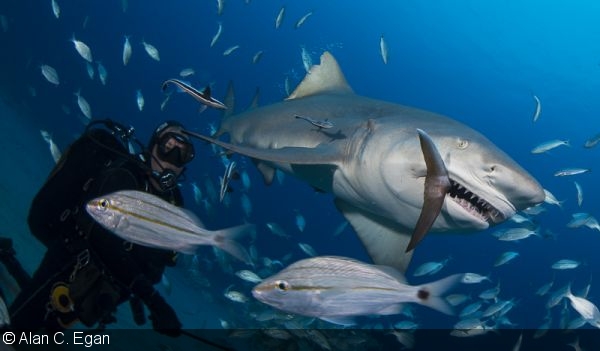
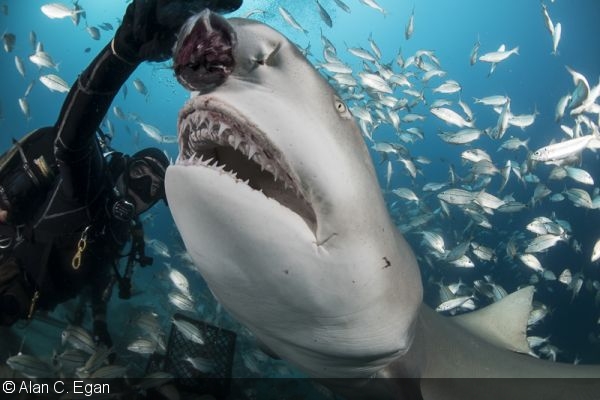
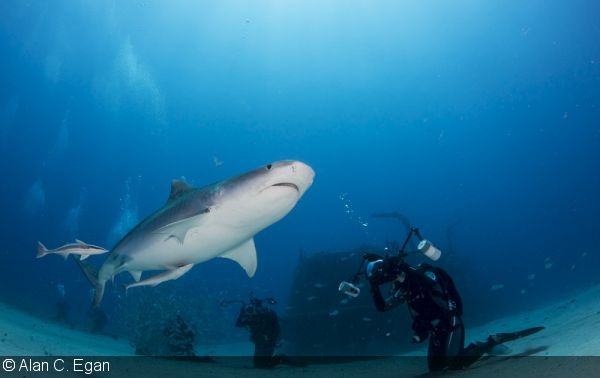
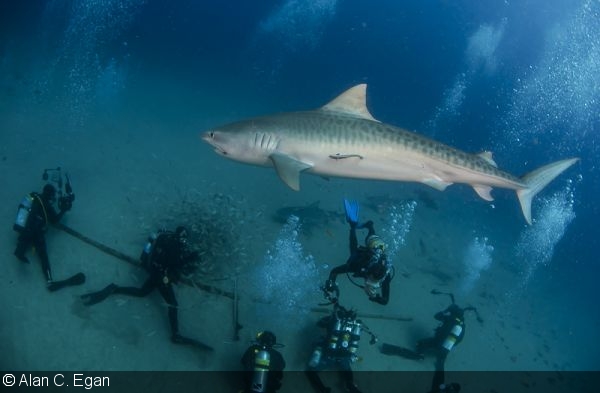

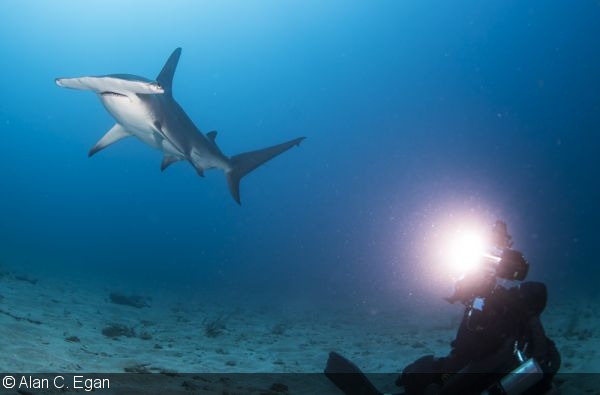
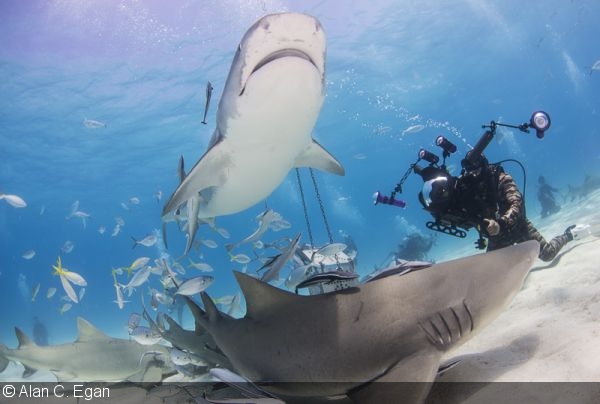
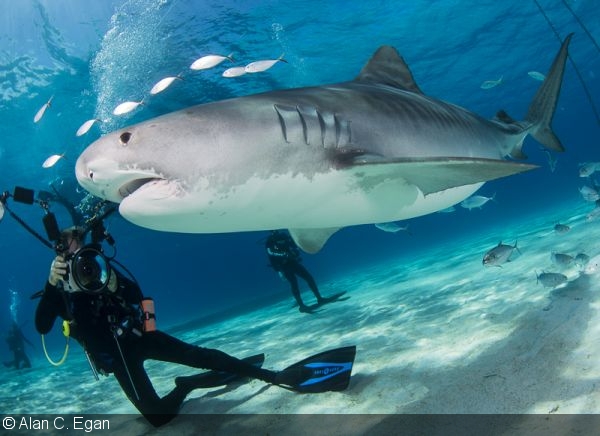
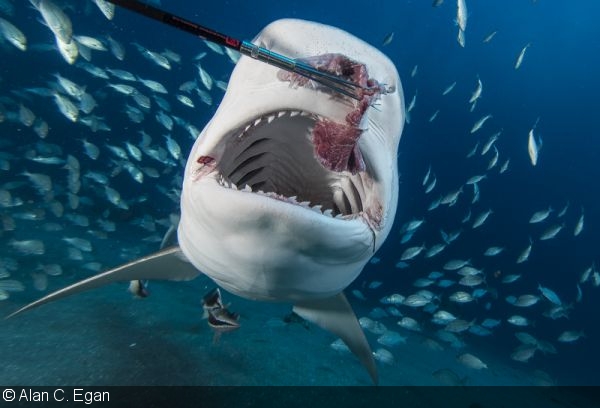
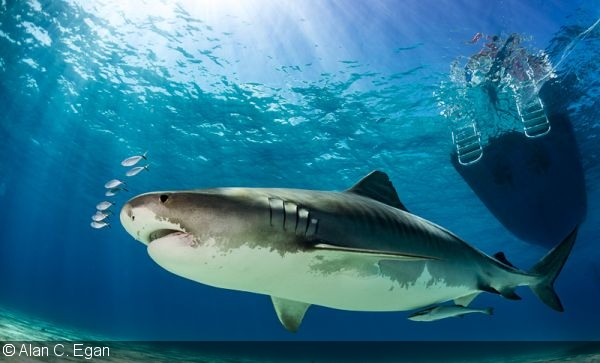
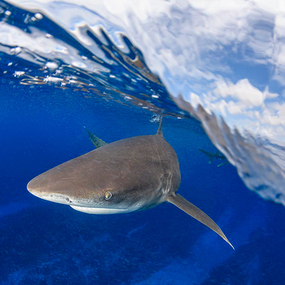
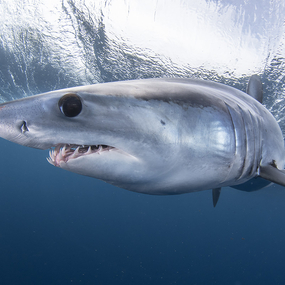

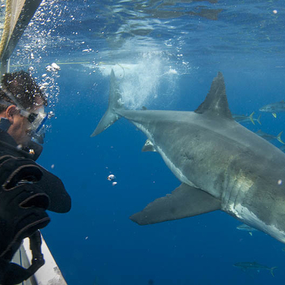
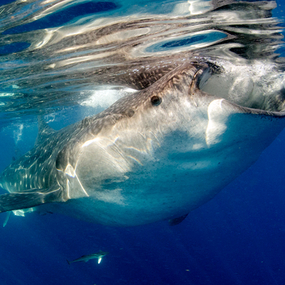
 Antarctica
Antarctica




